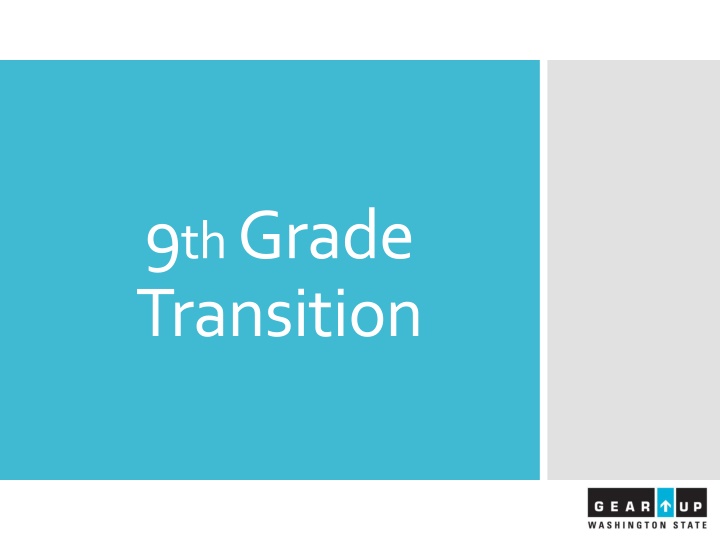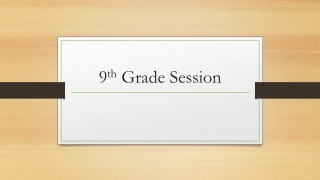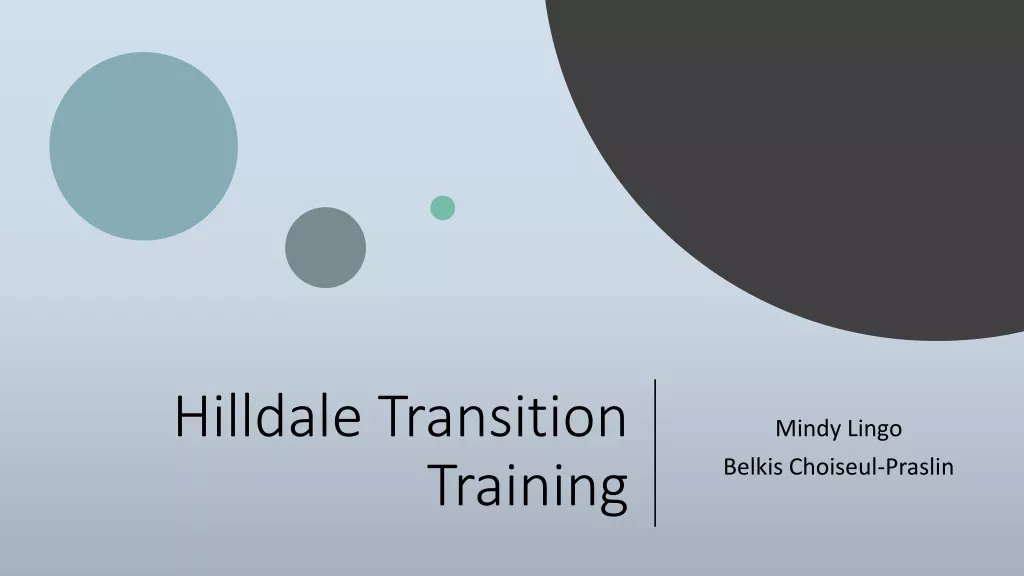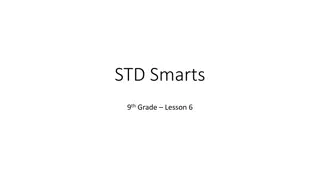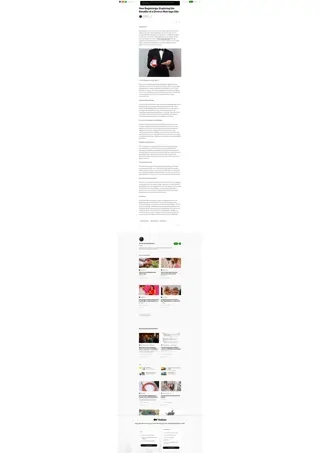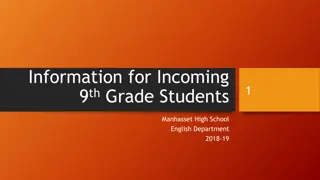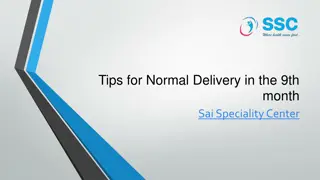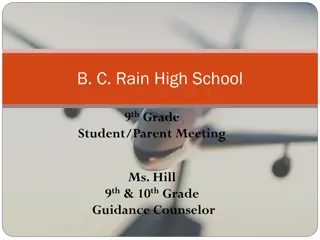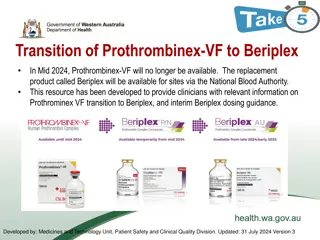Navigating the Transition to 9th Grade: Important Insights and Guidance
Freshman year marks a significant shift for students as they transition from middle school to high school. This period comes with challenges such as academic rigor, social adjustments, and newfound independence. Attendance, behavior, and course performance are crucial factors that impact a student's success in completing high school. Engaging in transition activities, seeking support from school counselors and GEAR UP staff, and focusing on academic advising, college planning, and career guidance can help students navigate this critical phase effectively.
Download Presentation

Please find below an Image/Link to download the presentation.
The content on the website is provided AS IS for your information and personal use only. It may not be sold, licensed, or shared on other websites without obtaining consent from the author.If you encounter any issues during the download, it is possible that the publisher has removed the file from their server.
You are allowed to download the files provided on this website for personal or commercial use, subject to the condition that they are used lawfully. All files are the property of their respective owners.
The content on the website is provided AS IS for your information and personal use only. It may not be sold, licensed, or shared on other websites without obtaining consent from the author.
E N D
Presentation Transcript
9thGrade Transition
Introductions Our GEAR UP Team includes:
oWhen we say college, we mean any type of education or training after high school. We also use the terms postsecondary education and postsecondary training . oThere are many options for students after high school, including apprenticeships, military, on-the- job training programs, community college certificates, two-year degrees, and four-year degrees. oThe term college includes all of these things. What do we mean when we say college?
Freshman year is essential in deciding whether a student drops out or stays in school. The transition from middle school can be difficult. High schools are typically larger, less personal and more departmentalized than middle and elementary schools. As a result, students often feel disconnected and somewhat lost. Common challenges: Academic.Classes are more challenging. Students may experience a drop in grades. Social. Students must recreate their social world. This may mean making new friends and navigating a new school. Peers have a stronger influence (both positive and negative). Independence. High school is a new environment with a lot more freedom and more homework. The possibility of developing bad habits such as skipping class can also grow especially if a student is struggling. Transitioning to high school
Attendance, behavior, and course performancepredict the likelihood to either quit school or complete it. The biggest risk factor for failing ninth grade is the number of absences during the first 30 days. Students who fail more than one core class in their freshman year are more likely to drop out of high school without graduating. Risk factors
Transition activities and process Insert school specific information on any events, programs, or activities.
Insert school counselor and GEAR UP staff information. Find support
Insert school counseling information. Academic advising. College planning. Paying for college. Career planning. Counseling. How school counselors can help
Academic advising. Mentoring. Tutoring. Camp/bridge/transi tions programs. College visits and tours. Career counseling. Job shadows and internships. Scholarships help. College admissions advising. Test prep Fee waivers. College application assistance. Financial aid assistance. How GEAR UP can help
Insert school specific information and explain process. Scheduling
Freshmen Classes Insert school specific information
Course Sequences Insert school specific information
WA State HS Graduation Requirements (2019 and Beyond)* Min. Requirements ForWA Public Colleges Recommended ForHighly Selective Colleges Subject Reminder English 4 credits 4 credits 4 credits 3 credits (Including math senior year) 3-4 credits Math 3 credits 3 credits (2 labs) 2 credits (2 labs) Science (1 Lab) 3-4 credits 3-4 credits Social Studies 3 credits 3 credits WORLD LANGUAGE or Personalized Pathway Requirement (PPR) 2 credits (both can be PPR) 2 credits 3-4 credits Arts 2 credits 1 credit 2-3 credits Studentsmusthaveat leasta 2.0 GPA to be admitted to a publiccollegeoruniversityin WA State. For moreinfo:www.k12.wa.us/graduationrequirementsor http://readysetgrad.org/search/node/minimum%20college%2 0admissions 2 credits (.5 Health and 1.5 Fitness) Health/Fitness
Attend class.Attendance is an important factor in academic success. Establish and stick to the basic routines (going to bed early, waking up on time, etc.) that will help you develop the habit of on time attendance. Get into a routine. Get organized. Participate in class and turn in homework on time. See your counselor. Ask for help. There are many resources to help students. Get involved. Students who are involved in extracurricular activities and or sports are often more engaged. Now is the time to explore interests. Hang out with friends who work hard in school. Research shows that good (and bad) grades are contagious, so choose your friends wisely. Students: Tips for success
Clubs & activities Insert school specific information
Contact information: [insert counselor/advisor/mentor name] Phone: (xxx) xxx-xxxx E-mail: xxxx@xxxx.xxx Thanks for coming
Topic Next Family Night Date
